SSAW pipe is the leader among welded pipes. The spiral welded pipe manufacturing process is not only one of the most efficient methods for producing steel pipe, but also offers a high degree of flexibility within the production range of diameters and wall thicknesses. This is why spiral welded pipe production began in areas where other
welded pipe production processes were limited—whether producing transmission pipe, water pipe (AWWA), or oil and gas pipe (API).
SSAW Steel Pipe Production Process
Raw Material Inspection → Loading → Uncoiling → Roller Leveling → Strip Inspection → End Cutting → Strip Butt Welding → Disc Trimming → Edge Weld Preparation → Roll Forming → Internal Welding → External Welding → Weld Skin Cleaning → Internal and External Weld Seam Visual Inspection (TV Visual Inspection) → Continuous Ultrasonic Inspection → Repair, Continuous X-ray Inspection, Manual Ultrasonic Review → Cutting → Pipe End Chamfering → Hydrostatic Testing → Final Visual Inspection, Nondestructive Testing, Customer Inspection → Weighing → Pipe Stacking
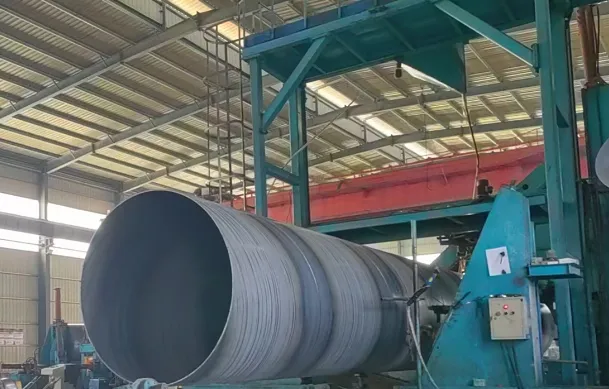
1. Uncoil Inspection: After the steel plate is uncoiled and enters the production line, it undergoes full ultrasonic inspection.
2. Edge Smoothing: The previously curled steel plate is flattened using an anvil press, and then double-sided milling is performed on both edges of the steel plate using an edge milling machine to achieve the required plate width, edge parallelism, and groove shape.
3. Shearing: The steel plate is spirally curled along the outer edge into a tubular shape on the production line.
4. Butt Welding and Cutting: Advanced double-sided submerged arc welding technology is used for pre-welding, internal welding, and external welding. The welded steel pipe is cut to standard length using a plasma ruler.
5. Visual Inspection: Professional technicians check some basic parameters.
6. Ultrasonic Testing: 100% inspection of internal and external welds and the parent material on both sides of the welds.
7. X-ray Testing: 100% inspection of internal and external welds using industrial X-ray televisions, using an image processing system to ensure detection sensitivity.
8. Pressure Testing: Each steel pipe is inspected on a hydraulic pressure testing machine to ensure that it meets the required test pressure. 9. Chamfering and Flattening: Qualified steel pipes undergo pipe end processing to achieve the required pipe end bevel dimensions.
10. Final Inspection: Ultrasonic and X-ray inspections, as well as magnetic particle inspection of the pipe ends, are performed again to check for weld defects and pipe end defects.
11. Oiling and Marking: Qualified steel pipes are oiled for corrosion protection and marked according to user specifications.
Why is the SSAW process designed this way?
In short: to enable the stable production of large-diameter, reliable-strength welded steel pipes even with narrow strip steel.
The spiral weld seam distribution angle is more reasonable, which is more favorable for the stress on the pipe body; the defect length will not run through the entire axis like in straight seam welds.
This is also why it is increasingly used in oil and gas, water transportation, and foundation engineering.
FAQ
1. What are the main advantages of SSAW pipe?
Low cost, large diameter range, more even stress distribution, suitable for long-distance transportation and structural engineering.
2. Can SSAW be used for high-pressure pipelines?
It can be used for low to medium pressure systems. For ultra-high pressure transportation, LSAW or seamless pipe is usually selected.
3. What are the raw materials used for SSAW?
Mainly hot-rolled steel coils. The quality of the coil directly affects the welding and forming stability.
4. What is the difference between spiral welding and straight seam welding?
Spiral welding can use narrower steel coils to make large-diameter pipes, resulting in lower costs; straight seam welding has shorter weld joints but requires higher quality steel plates.






 English
English Español
Español بالعربية
بالعربية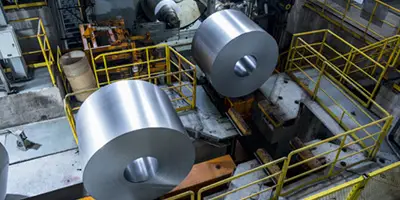
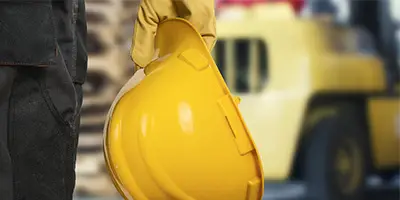
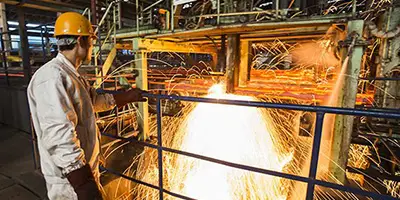
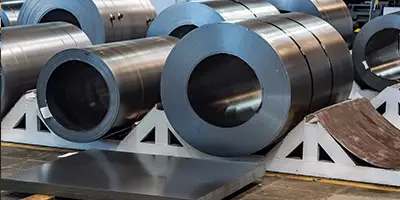

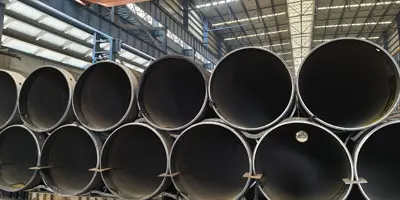
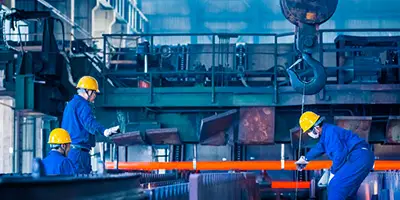
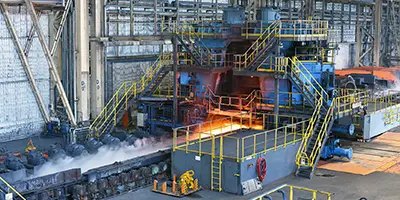
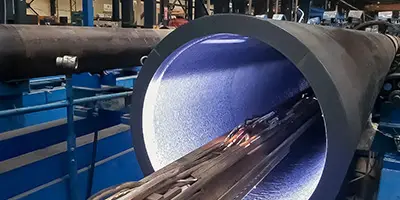
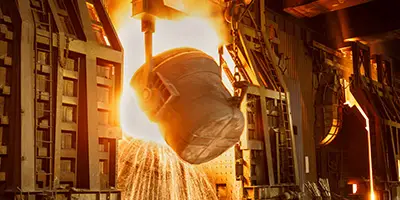
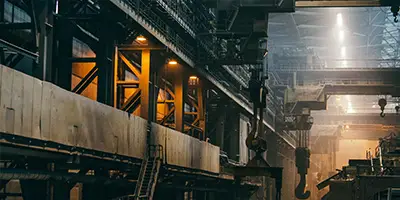

 Phone :
Phone :  Whatsapp :
Whatsapp :  Email :
Email : 


